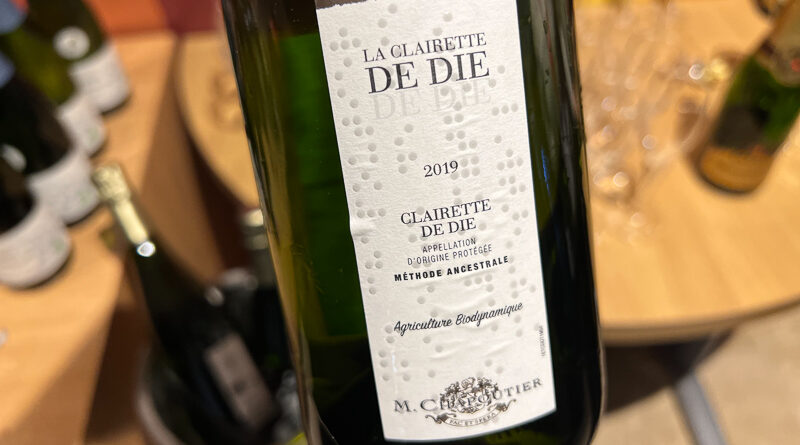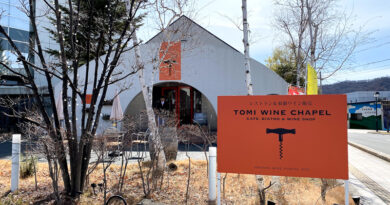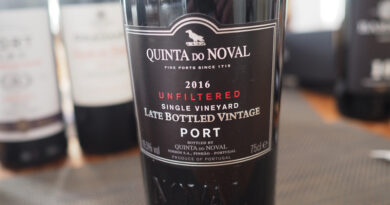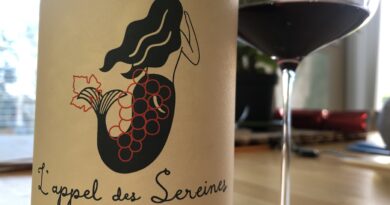Clairette de Die and friends: the Diois wines from the Rhône
Website: www.clairette-de-die.com
The Rhône isn’t somewhere you think of when it comes to sparkling wines, but it makes quite a lot of fizz, all from one region that isn’t all that well known. Die is a sparkling-wine-focused region in between the north and south of the Rhône, heading out east: as you drive down from Tain l’Hermitage to Avignon, you see the mountains loom up on the left, and the vineyards head into these. The east of Die is at 200 m, but the average for the region is 421 m and they reach a peak of 744 m in the west. Overall the vineyard area covers 1600 hectares. The syndicat – Clairette de Die et des vins du Diois – has 300 members. Before phylloxera, there were 6000 hectares, but this fell to 300 hectares in 1960, before a recent revival.
The region has 2000 years of history. Pliny mentioned this region, and the first mention of Clairette de Die, as Clerete, was in 1748. The AOC came quite early on in the roll out of French appellations, in 1942.
There are 31 communes in Die, and the nearby alps have an influence on the region: there’s some coolness coming from the mountains. Rainfall averages 800 mm, which is quite a lot. The climate is Mediterranean, moderated by the influence of the Massif du Vercors.
The names of the various appellations here can be a little confusing, but the region is dominated by one. Clairette de Die is the main appellation, responsible for 95% of production. It’s a sparkling wine with a minimum of 35 g/l residual sugar, and 75% Muscat à Petit Grains. Clairette is the usual blending partner and this adds freshness and finesse. Significantly, Clairette de Die is made by a unique twist on the ancestral method involving double bottling.
The wine is fermented, then cooled down and filtered, and bottled when alcohol gets to 5%, and then the fermentation carries on in bottle. Then the bottle is emptied (it’s now at a whopping 8-10 bars of pressure at this stage, and has 7-9% alcohol: th high pressure stops the fermentation), the wine filtered to remove any yeasts, and the wine is bottled again (the pressure is by now down to 4-5 bars). This is the only wine I know of that is bottled twice! Average residual sugar is around 60 g/litre. In the old days, this wine would have been naturally petillant in the barrel and then served directly from the wood, but the problem is that the wine would then only be available for a couple of months a year.
Clairette de Die Brut is made from Clairette only, and is a dry sparkling wine. Crémant de Die is traditional method made with Clairette (main variety), Aligoté and Muscat à Petit Grains, and is dry. Then there is Châtillon-en-Dois – dry whites and reds from Aligoté, Chardonnay, Gamay, Pinot Noir and Syrah. Finally, there’s Coteaux de Die – a still white wine is made from Clairette
The two cooperative cellars play a key role in the region, and there are also 8 negociants. 30% of vineyards are certified organic, and just 11% of the wine is exported. Here are my notes on the wines I tried.
THE WINES
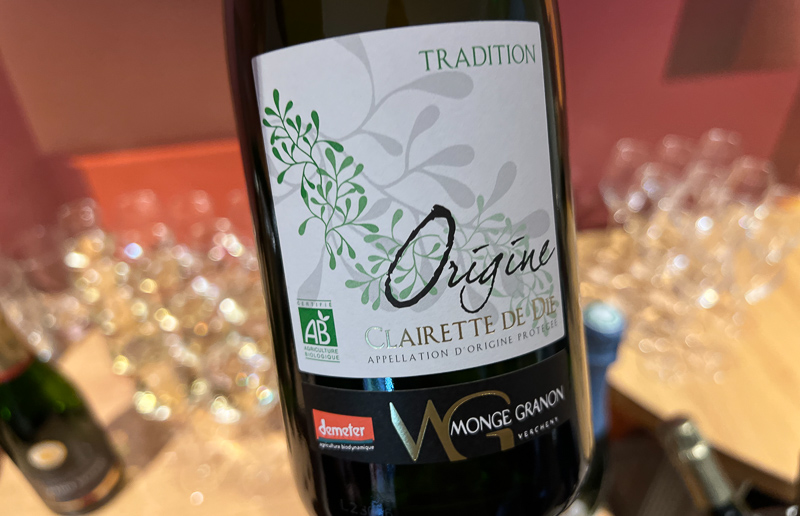
Cave Monge Granon Clairette de Die Tradition Cuvée Origine NV
8% alcohol, 52 g/l rs. Organic. 85% Muscat, 15% Clairette. Fruity and lively with sweet grapey characters and nice acidity. This is very fresh and quite sweet. Deliciously pure and refreshing. Simple and direct with some melon and mandarin. 90/100
Cave Monge Granon Clairette de Die Tradition Cuvée Très d’Or NV
100% Muscat, 8% alcohol, 62 g/l rs. Fruity and grapey with nice sweetness. Has a hint of herbiness and some barley sugar notes. Nice weight and depth here. 86/100
Union Jeuenes Viticulteurs Recoltants Clairette de Die Cuvée Blanche NV
7.5% alcohol, 60 g/l rs. Co-op founded in 1961. 80% Muscat, 20% Clairette. Lovely crisp acidity here balancing the sweetness. It has some grapey notes but also some citrus, and a nice sense of purpose and precision. Refreshing and delicious. 89/100
Union Jeuenes Viticulteurs Recoltants Clairette de Die Cuvée Chamberan NV
7.5% alcohol, 60 g/l rs, 85% Muscat, 15% Clairette. Very bright and linear with precise grapey fruit with some brisk citrus. Has a lot of presence, and the sweetness is nicely balanced by the acidity. Finishes zesty and bright. 88/100
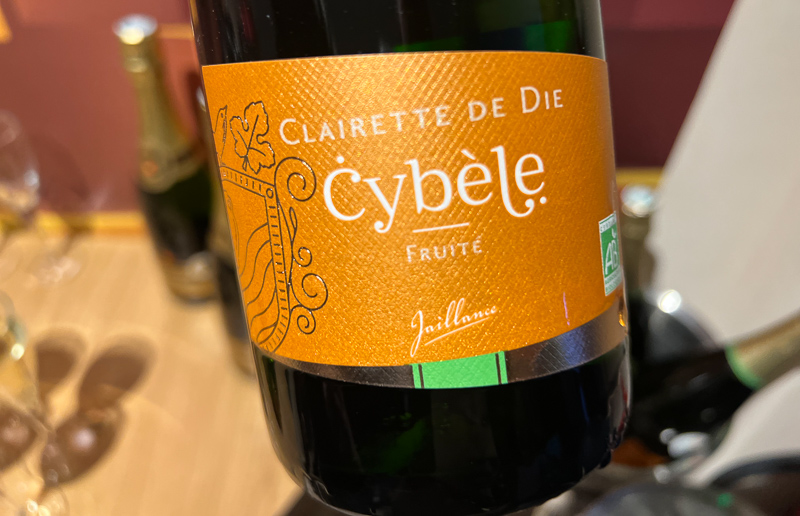
Cave de Die Jalliance Clairette de Die Cuvée Cybèle NV
Organic. 7.5 g/l rs. Fruity, grapey and quite perfumed with some Turkish delight notes. Sweet with nice acidity. 87/100
Cave de Die Jaillance Clairette de Die Cuvée Impériale 2020 NV
8% alcohol, 64 g/litre, 10% Clairette. Fruity and grapey with some herby hints. There’s a subtle mushroomy edge under the sweet fruit. Very bright and fruity, with the sweetness evident. 85/100
Cave de Die Jaillance Clairette de Die Cuvée Icône 2019 NV
8% alcohol, 62 g/litre rs. Fruity and generous with a grapey quality and some bright citrus notes. Nice fruit here with a spicy edge. Juicy and delicious. 87/100
M Chapoutier Clairette de Die 2019
Highly aromatic. Sweet, lively and juicy with good acidity countering the sweetness. Lovely fruity characters here with a slightly herby edge. 91/100
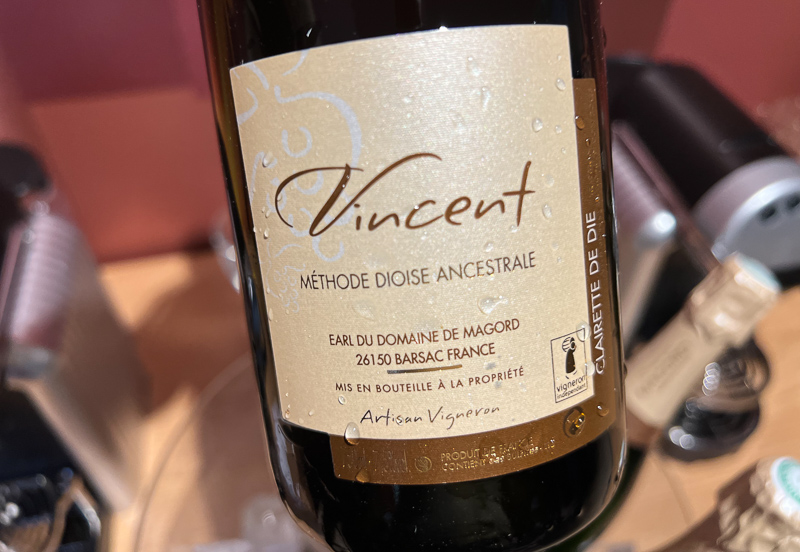
Domaine de Magord Vincent Method Dioise Ancestrale Clairette de Die NV
7.5% alcohol, 59 g/l rs. Very fruity with nice grapey fruit and some pretty melony notes. Very sweet but nicely balanced. 89/100
Union Jeuenes Viticulteurs Cuvée Chamberan Crémant de Die NV
70% Clairette, 30% Aligoté. Dosage 8 g/litre. Dry and fruity with nice crisp citrus fruit. Some lemony detail here with delicacy and good acidity. Focused. 89/100
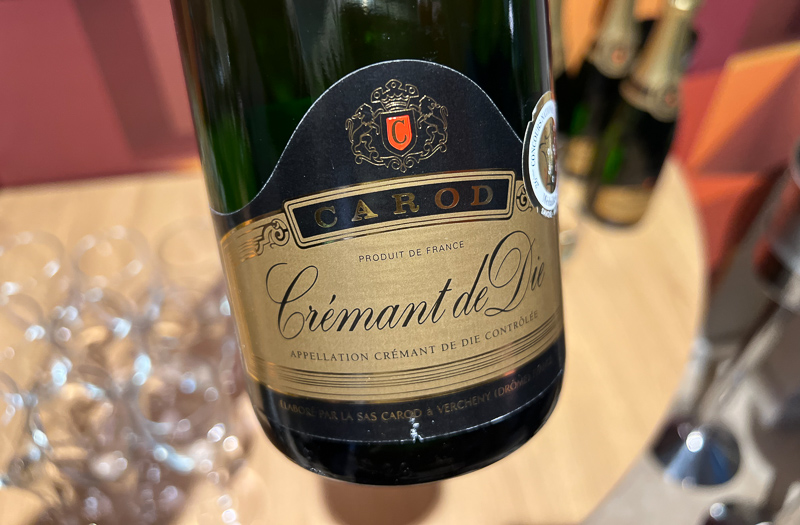
Caves Carod Crémant de Die NV
80% Clairette, 15% Aligoté, 5% Muscat. 10 g/l residual sugar. Toasty and pithy with some citrus character. Juicy palate with pear, green apple fruit and nice weight. A fruity style. 89/100
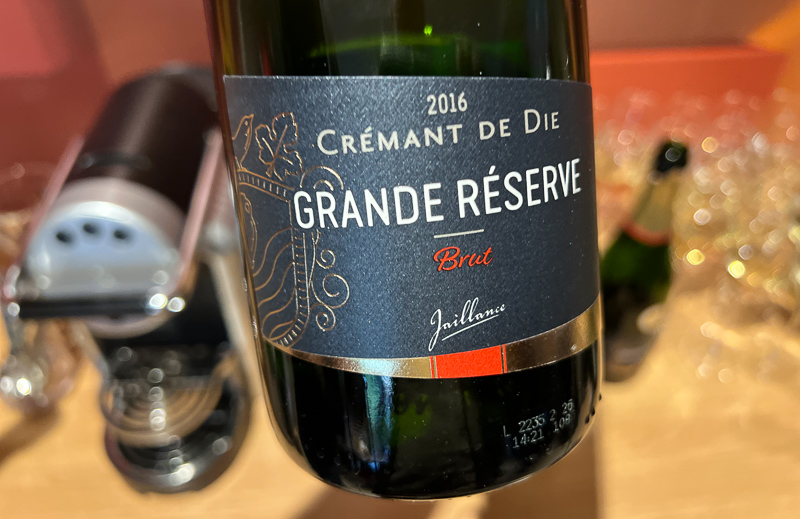
Jalliance Grande Réserve Crémant de Die 2016
55% Clairette, 40% Aligoté, 5% Muscat. Bright, fruity and dry with some herb and citrus nose. Crystalline and fresh with some pithy detail. Lovely fruit here and subtle toasty hints. 91/100

